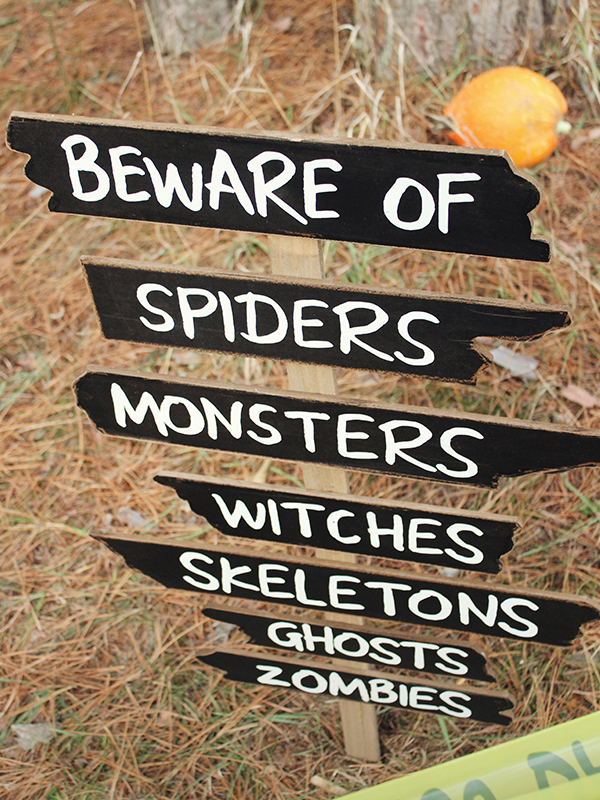
Photo by Jen Theodore, Unsplash
The year turns again to All Hallows, the last days of October and first of November. Harvest is complete. It is the end of the Celtic year. All Hallow’s Eve is celebrated as a time when the veils between the worlds are very thin, with beings from other dimensions able to draw near. Spanish cultures give us all the celebration of the Day of the Dead (see link below), visiting graves with gifts of food for their ancestors.
Part of the All Hallows Eve tradition has less friendly spirits about in the world as well. Wearing a frightening costume was a protection because not looking human might allow a person to slip through the night and make it home. There were specific prayers that could be murmured while walking, warding off (protecting from) evil.
I am scattering some of these ancestral prayers through this blog, as praying them creates an ancestral apron for the ideas.
I’m just a poor wayfaring stranger, traveling through this land below.
There is no sickness, worry, or danger In that bright land to which I go…
I know dark clouds will gather ’round me, I know my way is hard and steep
But beauteous fields arise before me, where those redeemed, their vigils keep.
(Johnny Cash, link in References)
Last year in this blog I wrote that our ancestors would say that Safety is a false goal, an unreality, something that has never been part of life on this planet for any being.
Definition of Safe:
Protected from or not exposed to danger or risk;
not likely to be harmed or lost.
Safety Redux: Helping Each Other be Safer responded to the comments the first blog fostered. (See both blog links below.) This blog is a third sibling, exploring how we create aprons of protection against the ills of the world. We often believe they make us safe, but their traditional function was taking care of ourselves by preparing ahead of time against any danger.
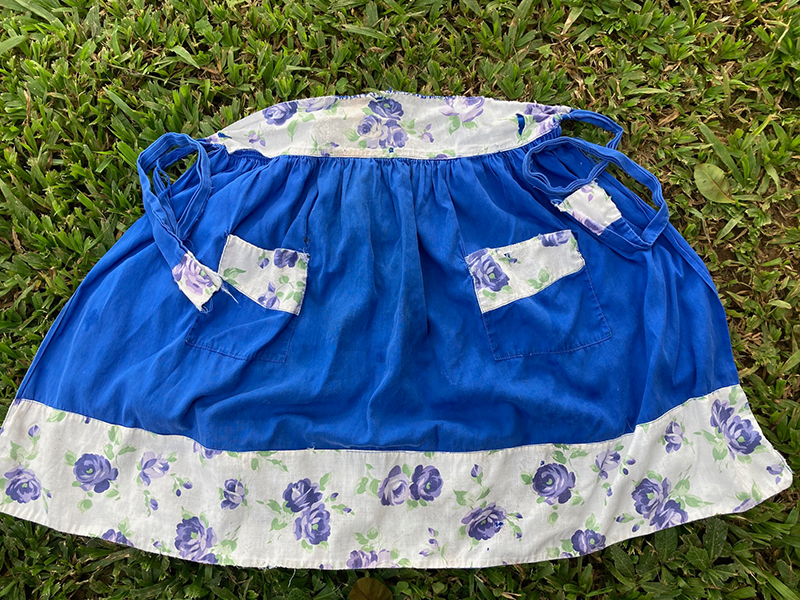
Aprons are for Protection
When various of our family grandmothers died I chose to keep a few of their aprons. An apron is what they made to wear over their clothes to protect them while cooking and cleaning. Their clothes were handmade, of the best fabric they could afford, and the habit was formed before washing machines. Some of the aprons I kept are delicate, for hosting teas or Sunday brunch, while others are full-length serious protectors for canning or butchering. The ones pictured here are in-between; chosen because I was attracted to the pattern and colors and hand stitching. I didn’t wear them unless I was sick and being served something in bed, which maybe happened twice in twenty years. We used some of them as neck aprons while small children and infirm elders were eating. I moved the aprons when we moved, fingering them, loving the women who made them.
We see chefs wearing aprons, mostly starched white and crisp. On the screens we see maids wearing them. Waitresses. Most of us have images of cobblers (shoemakers) and blacksmiths wearing aprons. People cooking BBQ frequently wear a full length one.
The word el delantal is Spanish for apron, and means “of wool.” A short read by Frances Mfirginson, When Shepherds had a Wash Day offers fascinating insight to why aprons are important if tending sheep.
The annual wash (of the sheep), done about a fortnight before shearing…
… Many farmers believed it helped the rise, (the new growth of wool) so making them easier to clip. Also, the wool merchants preferred clean wool, and paid extra for it.
The full text is a gift from a local historical society in Chipping, England, which is described on the site as “a village situated in an Area of Outstanding Natural Beauty in the Ribble Valley.”
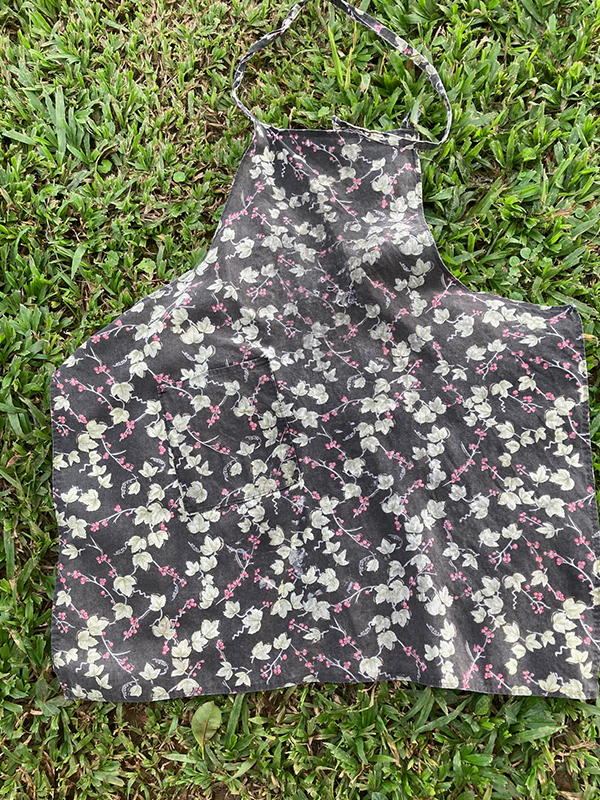
Other Aprons of Protection
Feel free to scan this list; the point I’m making is that in all these varied applications the area set aside for protection from harm is called an apron.
- The narrow part on a proscenium stage between the curtain and audience seating (or orchestra pit if there is one). In a melodrama or vaudeville a performer came out on the apron to sing a song, do a very linear dance, or tell jokes called an “olio act” (link below) it kept the audience from getting impatient or frustrated during a scene change, and doing things like throwing their snack garbage at the curtain.
- The area where an aircraft sits to be refueled, safety checked, or wait while not being used.
- In golf the apron is an area of short grass separating the putting green from the rough or the fairway.
- Land before a building or something else in a location, like the lawn before a house is an area offering protection from the activities of the street. Suburbs are the apron of protection for cities.
- In construction an apron slab collects unwanted water and drains it. The word means the window trim located under the sill of the inside casing.
- The NBA has “a second apron” which is a harsh penalty zone for high-spending teams signaling they suffer draft pick penalties.
All these examples are physical, describing areas creating less danger for the people involved in a specific occupation.
Why Have an Apron of Protection
Let no thought come to my mind,
Let no temptation come to my eye,
Let no feeling come to my heart,
That is hurtful to my body or ill for my soul.
That is hurtful to others or ill for their souls.
There are those among us who have chosen to serve what our ancestors named as a sin, which is a word meaning to be without. Their choice is to live outside of Eden, without Grace. Here are three of those deadly sins which seem quite prominent choices, and their opposite antidote:
- Greed – to covet excessive wealth, status and power
It’s antidote is Mercy – generosity, concern for and active helping of others - Pride – to be self-centered, in first place, in control of others
It’s antidote is Humility – selflessness, modesty, respectful of others - Lust – excessive thoughts or desires of a carnal nature
It’s antidote is Chasity, moral wholesomeness, purity.
The antidotes are choices creating spiritual aprons that are life-giving actions in our homes and communities. Help weave Aprons of Goodness by seeking and finding those among the millions of us world wide in the 1%, in the cities and suburbs, in refugee encampments, and on the streets who celebrate being of service to others.
Dominance is the Enabler
Dominance is the enabler, the method and process necessary to choose and feed these deadly sins. A need to dominate might express itself in gold toilet seats (greed), or sexual misconduct (lust). Behind all is Pride, a pride that gives permission to dominate.
In the presence of a person or culture operating from dominance, one apron of protection is to disappear.

Photo by D. Malcolm Wells
Apron of Protection By Not Being Visible
In the United States many of our ancestors honored Individualism but from the beginning of time individuals were more protected in groups. A group is an apron protecting each individual. Families “trick or treat” or celebrate on All Hallow’s Eve in groups.
Many people use the Apron of Not Being Visible by:
- Moving to “a bolt-hole,” or “Going off the Grid”
- Living in neighborhoods of people with similar skin color and income, or noted for being of mixed backgrounds.
- Hanging in groups of people who wear similar clothes and hair, and act in ways acceptable to that community. This apron takes many forms, from Amish to Gangsters to Hospital Staff to Street Crews to…what’s your dress code?
- Being in community with others who are educated to think and speak in specific language. Every trade and profession has slang, and belonging involves using those words correctly.
- Protesting in groups allows those marching or sitting-in to be a group. Be aware, and if concerned about surveillance wear a hat or even a mask. Be aware of people near you who are there to incite violence; move away from them, and encourage those near you to isolate the troublemaker.
When we leave our group protection and go about the world as an individual, our apron is awareness of the potential of dangers where we are.
Aprons of Context Awareness
Holy Ones, bless me before my going out.
Protect me from any harm, deliver me from any distress.
What harm soever may be therein may I not take thence.
Your apron of protection in any situation is being aware of where you are, what is going on, who is there and are they aware of you. Who is in the current context with you?
- Walking or waiting: are you on a screen or do you have your spine straight, eyes scanning up as well as down and around? Your face has a little smile? Shoulders back, strong stride or sitting in a ready position?
- Greet the people, say at a bus stop or grocery line, with at least a nod and a smile. They may be on their screens, ignoring their context, refusing to be aware. Don’t join them.
- Observe what’s happening where you are. Recently people in Denver continued to drive right through a highway shooting – unaware of bullets flying.
- Even if unknown, who in this place in this moment do you feel you can trust and who not? “Cross the street” from the ones you do not.
Traditional aprons exist between home and public areas. A yard with a fence and gate is an obvious apron. The steps up from the street, the hallway to the apartment entry are others. It may be you are not safe until the door is shut behind your back. Or if not even then, your refuge space is your apron.
Questions to explore what could be involved in creating an apron of protection for your home and neighborhood include:
- Who’s walking or driving along the street? sitting on the steps? Known or unknown?
- How involved is my neighborhood in knowing each other; do we watch out for each other’s houses, children, pets?
- Is there a neighborhood listserv? Are we aware of the neighbor who might call the police because the friend or vendor ringing our doorbell is a different skin color or wears a turban? How can I let them know ahead of time not to call?
- Do I know the police in our neighborhood?
- Do I know the homeless community regulars? Our building manager made a habit out of knowing the permanent population by name, and our building was protected by this apron of stable homeless who managed new, unstable or criminal drifters.
Feeds: I think it is interesting that “feeds” is the word for streaming choices. What do you want to feed yourself? From which feeds do you need to protect yourself?
Giving: I supported certain organizations with financial gifts until they shared my name, which inundated me with requests from similar organizations, some of which were scams. I am creating an apron around giving by supporting only organizations who are in the business of uplifting my community or defending my strongest principles.
Here’s a prayer around conspiracy theories and false information which are spread by the inventors and readers of them.
I am placing a lock upon my heart,
I am placing a lock upon my thoughts,
I am placing a lock upon my lips
And double-knitting them.
Carmina Gadelica, p. 209
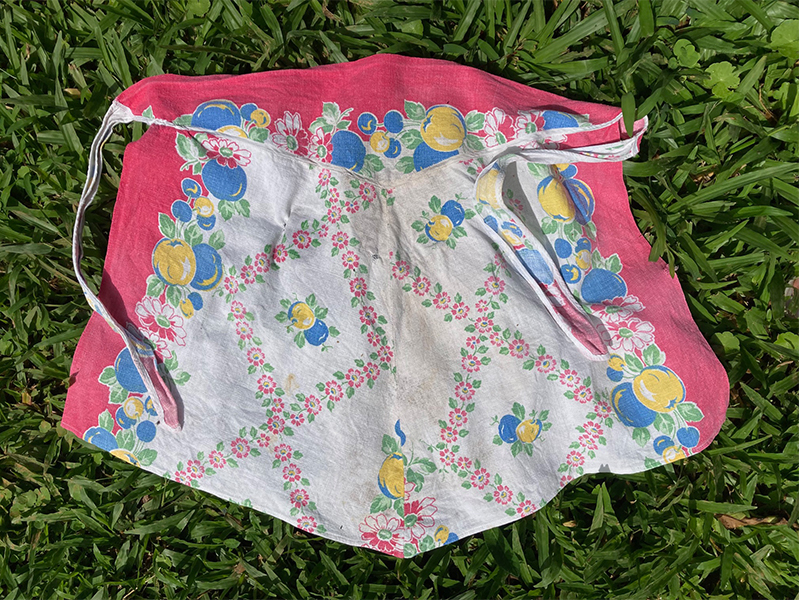
Aprons of Spiritual Protection
Our ancestors prayed for protection when they left their homes. Maybe, like some of us, they prayed for safety upon returning home. I’ve scattered some of their wisdom for us in the poems between the sections.
Lord Michael
I was taught this prayer as a child by my family. You say it when leaving home and it creates a bubble, an apron, of protection around you. When saying this prayer one wraps up in a protective blue fire (or color, if fire is a bit much); saying (use Love if naming an archangel is uncomfortable). Lord Michael is the archangel who fights the proud angel who named himself Lucifer.
Lord Michael before, Lord Michael behind
Lord Michael to the right, Lord Michael to the left
Lord Michael, above, Lord Michael, below
Lord Michael, Lord Michael, Where ever I go
The oldest version of this prayer that I’ve found is Sumerian and it names the separate gods of that people in each direction. You might name all the archangels if you needed to bring High Heaven to your aid.
A small ocean has small beaches
And small brains have damned little to give.
But the world takes all types. ….
You won’t learn a thing if you never talk to folks,
And nobody will learn anything from you.
If you keep yer thoughts to yerself
You’ll never turn the lead in yer head to gold.
(The Poetic Edda, Link in References)
If we embrace that the world is not safe, we must choose to take safety planning and precautions very seriously – in all the worlds we touch. In the northern hemisphere the first season of the Celtic new year is a descent into winter, a time devoted to reflection and preparation. We might reflect on what, besides being invisible, can we wrap around ourselves to protect from splatters. What are your personal aprons, hard hats and gloves?
References
- Day of the Dead on Wikipedia
- I’m just a poor wayfaring stranger Johnny Cash video on YouTube
- Ancestor Message: the False Goal of Safety post on Lola’s blog
- Safety Redux: Helping Each Other be Safer post on Lola’s blog
- “olio act” information on Wikipedia
- Carmina Gadelica, collected by Alexander Carmichael, 1992 p. 209
- The Poetic Edda, Stories of Norse Gods and Heroes, Jackson Crawford. 2015 Quote from the Appendix, The Cowboy Havamal p. 348-9



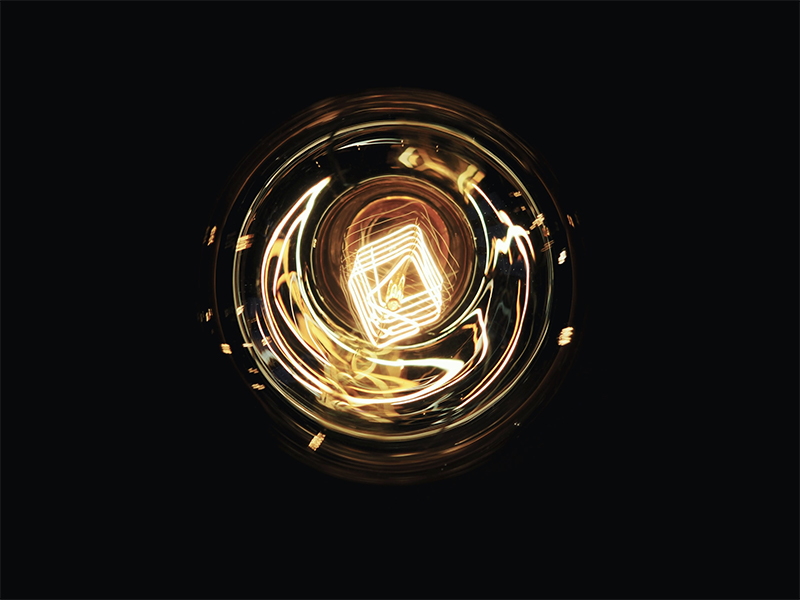

I find it interesting that an apron one wears protects clothing, but the apron on a stage intrudes into the audience leaving the actors less protected and more vulnerable. Some words have totally different meanings and it’s the context that provides the particular meaning.
Truly context influences the meaning of a word! I agree that from the actors’ point of view, the apron on a proscenium stage protects the stage area behind it; from the audience’ point of view it distances the actors from them.
For actors we work with, a proscenium stage apron brings them closer to the audience, which they prefer. A thrust stage allows this even more. Performing in the round or 3/4 round staging leaves the proscenium separation behind. In our theatre work doing this creates the opportunity for the audience to feel they are in the same space as the actors, and at times they are invited to interact.
I know you know all this, Nancy, so most of this comment is for non-acting/directing folks reading the blog. Thanks for writing. I love getting comments!